A dry spring followed by a period of wet weather, then Storm Arwen hitting the isles in November, Storm Barra in December, and warm weather well into autumn and winter caused havoc for nature across the UK in 2021.
The fluctuating weather patterns have seen some unpredictable outcomes for wildlife, including a number of unexpected visits to British shores, as well some latecomers and species arriving in far fewer numbers than in previous years.
However, some species appear to have flourished last year. Here we highlight some of nature’s highs and lows in the UK during 2021.
Which species thrived in 2021?
On land, sea and sky, many species flourished last year, but a particular highlight was the increasing numbers of marine mammals being seen off the south coast.

What thrived at sea?
The Wildlife Trusts’ Living Sea team reported a number of positive outcomes for the UK’s sealife during 2021.
Humpback whale sightings around the UK have historically been very rare, but they have since been seen in strong numbers around the country’s shores, with more than 75 sightings now recorded since 2019. The Wildlife Trusts say that this demonstrates how the population has been recovering since bans on commercial whaling.
In 2021, humpback whales were seen in the Firth of Forth, off the Shetland Islands, and off the Isles of Scilly, where one individual named Pi stayed to feed for more than two months.
“Only a few years ago, it would have been extremely rare to see a humpback whale around the UK,” said Matt Slater, Marine Conservation Officer for Cornwall Wildlife Trusts. “But it looks like they are chasing big shoals of sardines that are now present around our shores.”
Two orca whales were seen off the coast of Cornwall — the most southerly sighting of this group of orcas in over 50 years. Just 9 days after, they were recorded in the Herbrides, then off the coast of Dover two weeks later.
Meanwhile, two bottlenose dolphins from Moray Firth were recorded off England’s south coast for the first time, and a group of 10 white-beaked dolphins was seen off Blackwater Estuary in Essex for the first time since 2000.
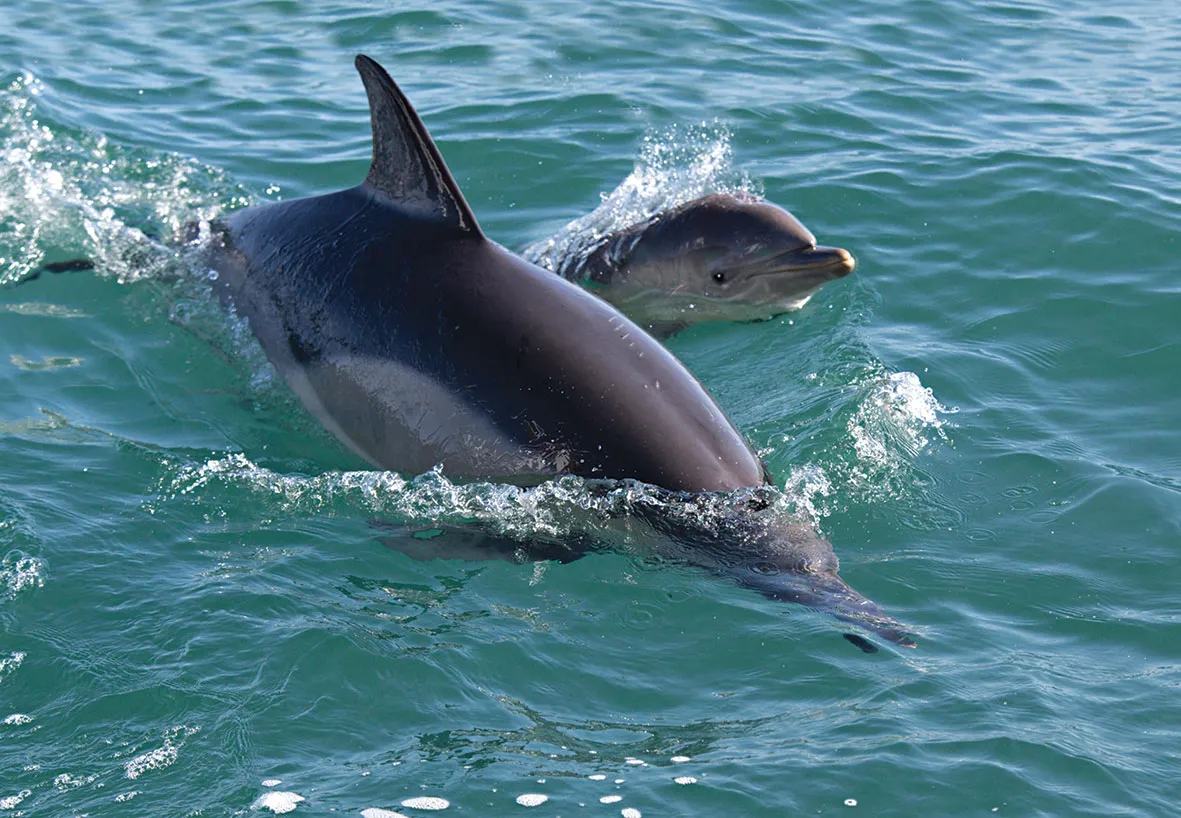
Over in Northern Ireland, there was another first, where native oysters returned to Belfast Lough after 100 years. Ulster Wildlife is working to deploy 24 nurseries in Bangor Marina to aid their recovery.
On the Isle of Man, puffins returned to nest after an absence of 30 years. This is in large part due to the eradication of rats from the island.
Off the coast of the Isle of Man, a new seagrass meadow was discovered, while over in Cornwall the Wildlife Trust found that seagrass was regrowing in areas where moorings had been removed. Seagrass provides a critical habitat for many marine species, and is an excellent carbon sink, so its presence around UK shores is vitally important.
What thrived inland?
It was great news for rewilding in the UK when beavers released at the National Trust’s Holnicote Estate in Exmoor had their first kit.
Further north, the Lancashire Wildlife Trust made its final release of sand lizards to the sand dunes there in August. In total the Trust has released over 400 hatchlings since 2008 to boost the population of England’s rarest lizard.
Rare spiders were spotted for the first time by National Trust teams: an angular orbweaver, normally only found on the southern coast, was found in a wet woodland in The Vyne, Hampshire, where a rare female wasp spider was also found for the first time.
The National Trusts recorded large numbers of grey seal pups at the Farne Islands, Northumberland, and at Blakeney Point, Norfolk. A record number of 190 grey seal pups was counted in Strangford Lough, Northern Ireland, and Ordford Ness, Suffolk, which saw 200 grey seal arrivals.
2021 was a good year for wildflowers. Helped by a dry April and warm June, early summer saw pyramidal orchids flourish across Rodborough Common, Gloucestershire, and bee orchids blooming in large numbers on Golden Cap Estate in Dorset. Later in the year, autumn lady’s tresses flowered in their thousands at grasslands and sand dunes in southern England and Wales.

Grassland fungi also enjoyed a good year thanks to a warm, damp autumn with little frost. Waxcaps lost much of their habitat (healthy, untreated grasslands) since the Second World War, but the National Trust found 17 species in just one meadow in Shropshire, and discovered several new waxcap species in Yorkshire.
Looking to the skies, early in the year after analysing the results of their annual Big Garden Birdwatch (find out how to take part in the 2022 Birdwatch), the RSPB revealed that the house sparrow was the most commonly sighted bird, with blue tits taking second place, followed by starlings. They also reported that blackbirds and robins continued to do well and were seen in strong numbers.
It was also good news for the rare white-tailed eagle, which was moved from the UK’s Red List to the Amber List, indicating that the species is showing signs of being in a stronger position than in previous years.
For migratory species, the BTO reported that bar-tailed godwits arrived in good numbers, particularly at Severn Beach in Gloucestershire. Whooper swans, pink footed geese, pintail, wigeon, teal, shoveler and red wings also all arrived in strong numbers.
Which species struggled during 2021?
Sadly, it’s never good news for all species, and 2021 was no exception. Many species struggled thanks to unfavourable weather conditions caused by climate change.
What struggled at sea?
In Cornwall alone, over 170 marine mammals and 247 seals were stranded in 2021, including a humpback whale that had been caught in fishing lines. Many of these animals were injured as a result of fishing activities, including abandoned equipment.
In February, a striped dolphin, more commonly found in the Mediterranean and rare in UK waters, was stranded in Cornwall.
Another unexpected sighting took place in May, when a minke whale calf found its way into the Thames. It made nationwide headlines and was a story keenly followed by many, but sadly rescue teams were unable to save it.
Also making headlines was the strange case of thousands of dead crabs, lobsters, birds, guillemots and razorbills washing up on Northumberland and Scottish coasts. What caused these creatures to die is still unknown, and investigations into this are continuing.
Storm Arwen hit coasts hard in November, washing up hundreds of dead starfish, seal pups, and other sea creatures. The Wildlife Trusts reported that many seal pups were injured or separated from their mothers after the storm hit during the peak of pupping season.
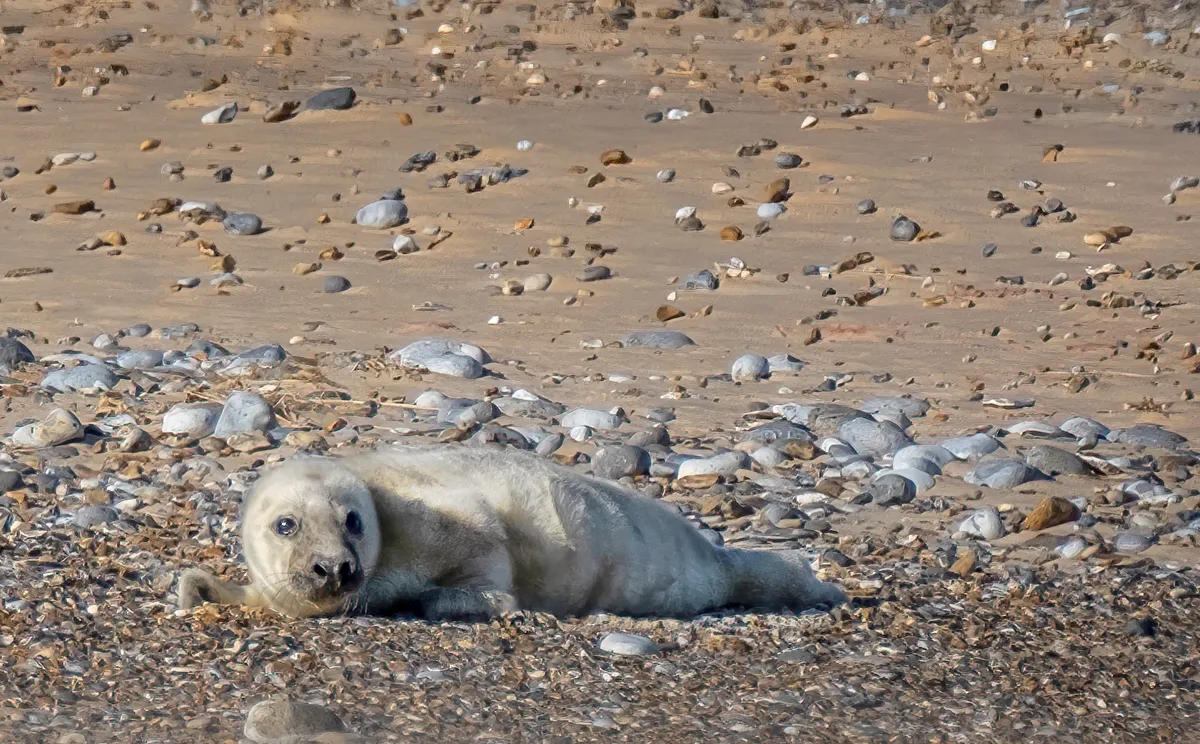
What struggled inland?
As at sea, Storm Arwen also caused plenty of damage when it made landfall in the UK, bringing down thousands of trees — many in Wales, the Lake District, and Northumberland.
Although the Government is aiming to improve the country’s tree cover, many trees are being lost to pathogens, with large areas of woodland being lost.
The mild winter with warm and wet conditions meant that tree diseases were able to take hold of thousands of trees. According to the National Trust, tens of thousands of larch trees were felled across Lake District due to outbreak of Phytophthora ramorum, and at least 30,000 ash trees will need to be felled due to ash dieback.
The Woodland Trust reported that although woodland cover is gradually increasing, woodland wildlife continues to decrease. Much of the woodland cover that has been increasing include non-native trees, while native woodlands are isolated and in poor ecological condition — in fact, the conservation charity reports that just 7 per cent of native woodland in Britain is currently in good ecological condition overall.
An unusually dry spring saw wildfires sweep through the Mourne Mountains in Northern Ireland, burning 200 hectares, and Marsden Moor in Yorkshire, burning 520 hectares of moorland. The fire destroyed rare plants, hindered already declining bird and hare populations, and damaged peat soil important for locking up carbon.
Late frosts in April and May affected apple blossom in northern England and Northern Ireland, resulting in poor apple crops.
It was bad news too for butterflies last year — Butterfly Conservation recorded the lowest ever numbers during the Big Butterfly Count 2021. The charity revealed that 60 per cent of species had lower numbers since the previous year, with butterflies emerging later due to a cool spring.
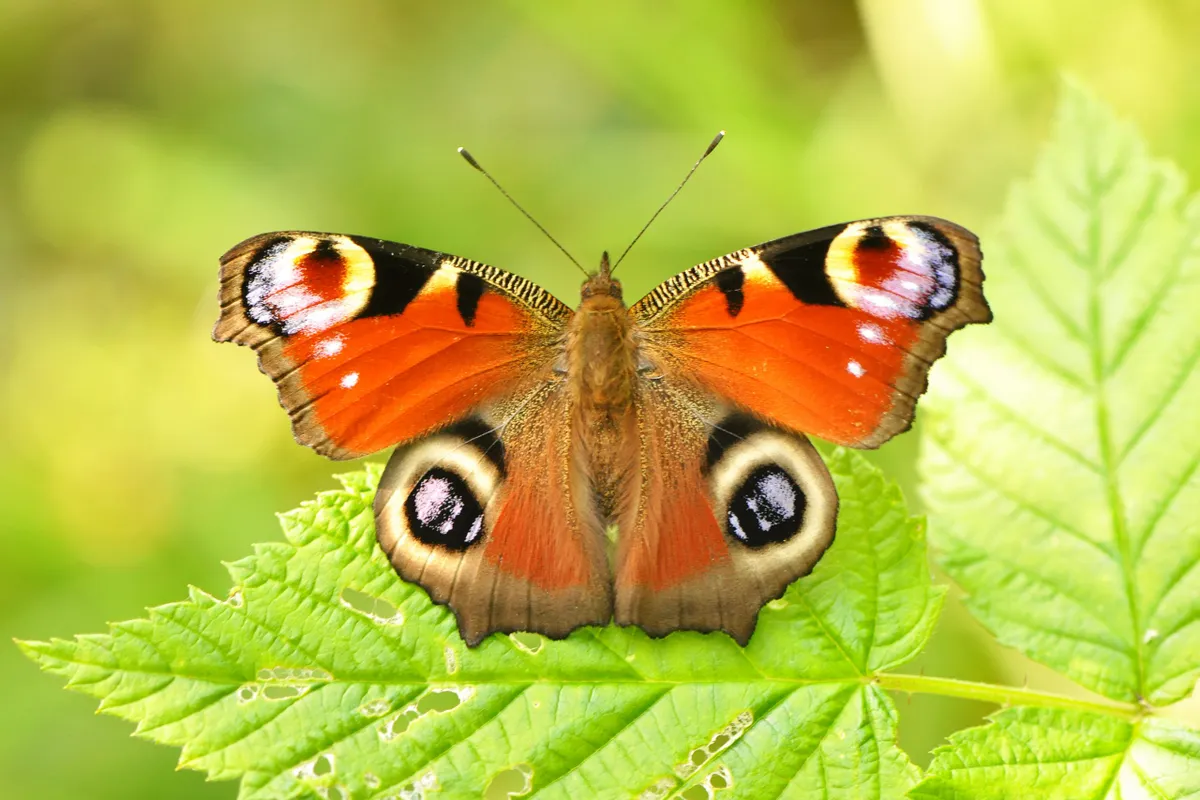
The RSPB recorded the lowest numbers of greenfinches and chaffinches ever during the Big Garden Birdwatch 2021, and these weren’t by any means the only bird species to have struggled last year.
A report by Birds of Conservation Concern partnership found that 70 of the UK’s 245 regularly occurring bird species are now on the Red List, meaning more than a quarter of UK’s birds are now under serious threat. Newly added species to the Red List include the swift, house martin, greenfinch, and Bewick’s swan.
UK Red List report reveals more than 1 in 4 UK bird species are under serious threat
The new UK Red List for birds report places 70 species in the 'highest conservation concern' category, a figure that has almost doubled in the past 25 years.
Greenfinch, Carduelis chloris, was on the UK Red List in 2021/Credit: Ben Hall, rspb-images.com
“This is more evidence that the UK’s wildlife is in freefall and not enough is being done to reverse declines,” said the RSPB’s CEO, Beccy Speight.
The BTO reported that unseasonably warm weather in February resulted in early summer migrants, including a wheater on the Isle of Wight, and elsewhere in the country sand martin, swallow, house martin, little ringed plover, osprey, whimbrel, and stone curlew.
But the cold weather that soon followed put a halt to spring migration, with swallows and house martins appearing to struggle to journey north in the colder than average conditions and northerly and westerly winds.
According to the BTO, 2021 was one of the poorest years for yellow-browed warblers, which arrived later and in much lower numbers. Also arriving later and in lower numbers were brambling, red wing, and ring ouzel, again due to unseasonable weather conditions. Due to warm weather later into autumn, very few fieldfare arrived and instead only began to arrived in mid-November.
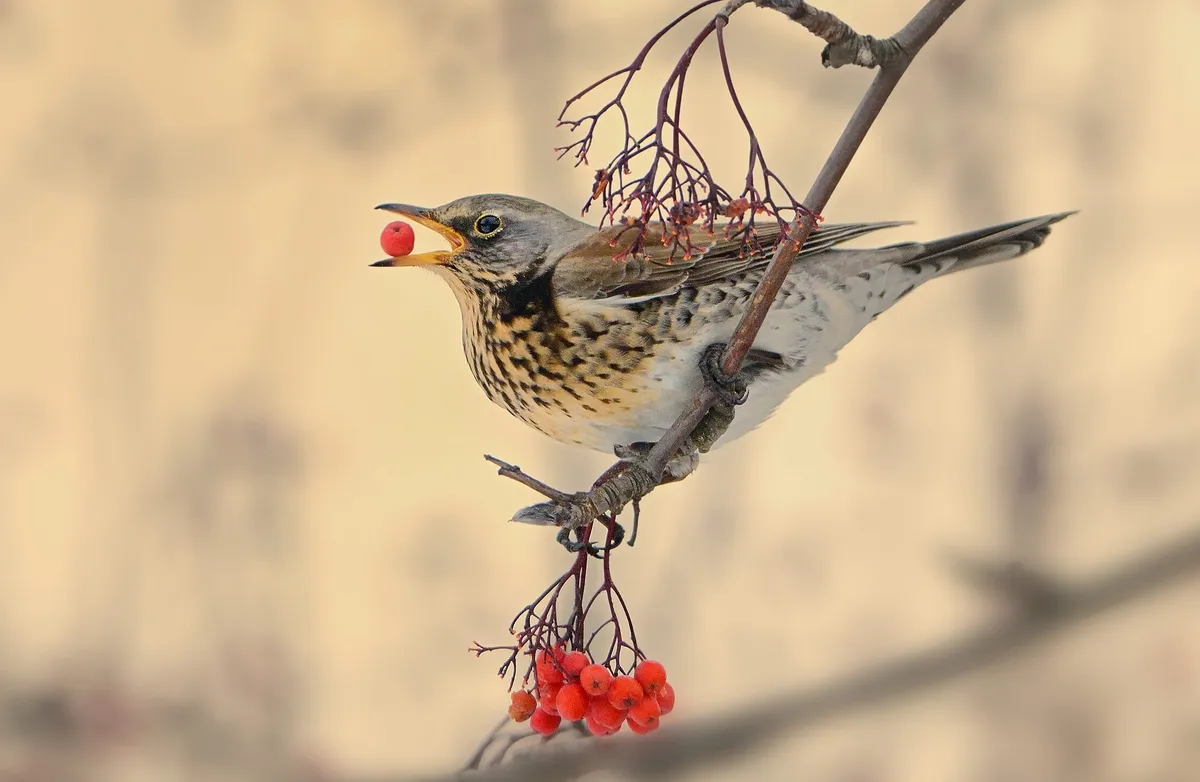
Surprises of 2021
A warming climate with its changeable weather patterns can always yield a few surprises, and 2021 didn’t fail to deliver.
Making headlines last year was Wally the Arctic walrus — an unexpected visitor to British shores. His progress was tracked keenly by many as he made his way around the UK. A second walrus was also seen off the coast of Northumberland and around the Shetland Isles, but it failed to achieve the fame of Wally the Walrus.
In Northern Ireland, a juvenile flapper skate was recorded for the first time. The flapper skate is the world’s largest species of skate, and as well as being critically endangered, they’re extremely rarely seen in Northern Ireland.
The marine surprises continued when a critically endangered Kemp’s Ridley turtle beached in Flintshire, Wales, more than 4,000 miles from where they’re normally found in Gulf of Mexico, possibly swept into the Atlantic Ocean by the Gulf Stream.
Another exotic visitor, a pufferfish, was reported in Cornwall in October — the first time one had washed up here in 20 years. Very rarely seen so far north, these fish normally live out in the open ocean.
Also in Cornwall, The Wildlife Trusts’ Living Sea team have reported that there are signs that the ringneck blenny is now breeding in the Fal Estuary in Cornwall. This species is more commonly found in the Eastern Atlantic and Mediterranean Sea, indicating that rising temperatures are affecting the distribution of certain species further north.
A further sign of climate change, the furrowed crab has become abundant on all Cornish shores in past 10 years and appears to be out-competing native common shore crabs, increasing their range northeast toward Dorset.
On land, a rare purple emperor butterfly was spotted at Anglesey Abbey, Cambridge and Sheringham Park, Norfolk, while rare bird migrants recorded by the BTO included a common rock thrush on the Isles of Scilly, a calandra lark in Shetland, and a northern mockingbird.
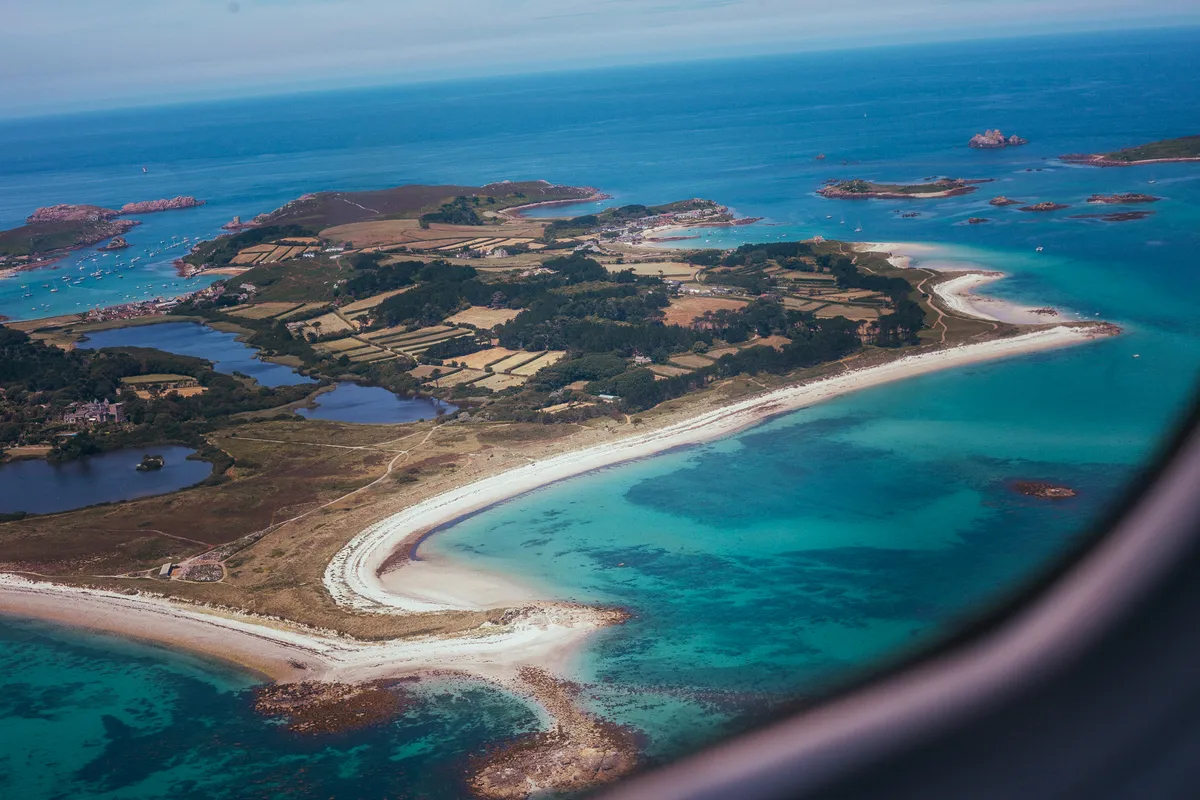
How will wildlife be impacted by climate change in 2022?
It remains to be seen what the weather will do during 2022, and how this will affect nature and UK wildlife, including its increasingly unusual visitors.
Ben McCarthy, Head of Nature Conservation and Restoration Ecology at the National Trust, said: “Climate change is making some forms of extreme weather events the new normal. Heatwaves and heavy rainfall are becoming more frequent and more intense.
“What we’re seeing in the UK with the impacts of wildfires and severe storms such as Arwen and Barra, is how climate change is altering our landscapes forever.”